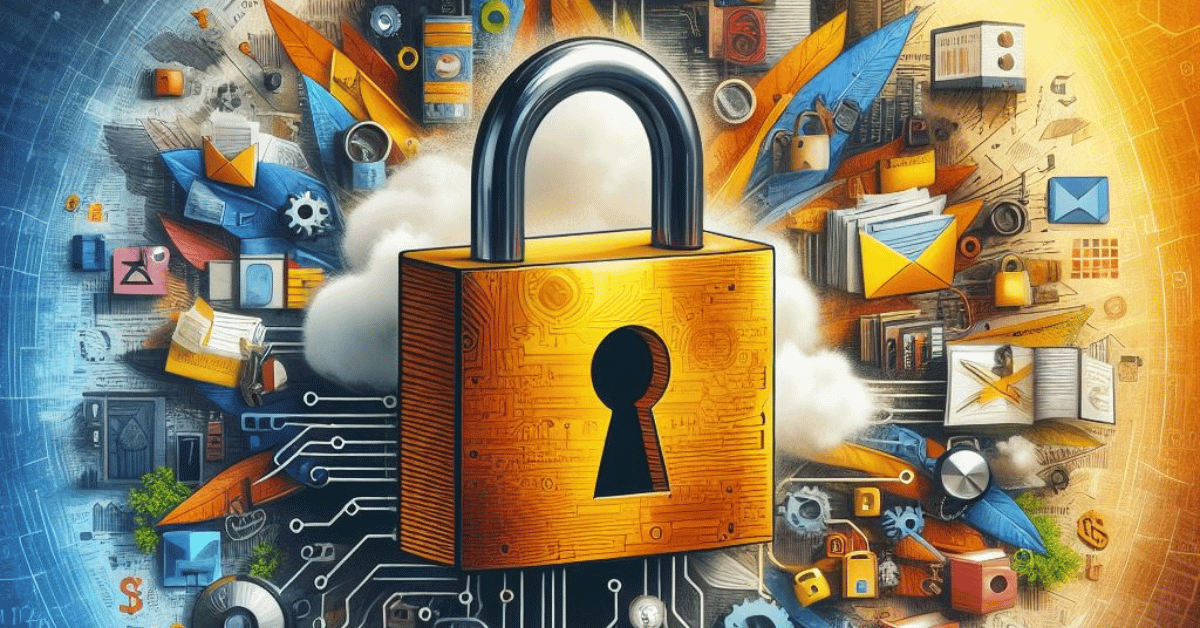Why it’s Important to Protect your data from copy/paste or getting pirated?

Protecting your data from copy/paste or piracy is important for several reasons:
- Preserve Intellectual Property Rights: When you create original content, whether it’s written, visual, or any other form, you have legal rights to that intellectual property. Protecting your data ensures that you can retain control over how it’s used and who benefits from it. Unauthorized copying or piracy can infringe on these rights.
- Financial Loss Prevention: Unauthorized copying or piracy can result in financial losses. If your work is used without your permission, you may miss out on potential revenue that you could have earned through licensing, sales, or royalties.
- Maintain Reputation and Quality Control: When others use your content without your oversight, it can be altered, misrepresented, or used in a context that you disagree with. Protecting your data helps maintain the quality and integrity of your work, ensuring that it’s presented as you intended.
- Encourage Innovation: Intellectual property protection encourages creators and innovators to continue producing new content and ideas. When individuals know that their work is safeguarded, they are more likely to invest time and resources in creating and sharing their innovations.
- Support Fair Competition: Protecting your data promotes fair competition. Without protection, competitors or malicious actors can easily copy and use your work, potentially gaining an unfair advantage in the market.
- Foster Creativity: When creators feel their work is secure, they are more likely to take risks and explore new ideas. This fosters a climate of creativity and innovation, benefiting society as a whole.
- Legal Recourse: If you protect your data and someone does infringe upon your rights, you have a stronger legal position to take action against them. This might involve sending cease and desist letters, pursuing litigation, or seeking compensation for damages.
- Protect Sensitive Information: In some cases, data protection goes beyond intellectual property. It may involve safeguarding sensitive information, such as personal data, financial records, or trade secrets, which could have serious consequences if they fall into the wrong hands.
- Compliance with Regulations: Depending on your industry or the nature of your data, there may be legal or regulatory requirements that mandate data protection. Failing to protect data can result in legal consequences and fines.
- Trust and Privacy: Protecting your customers’ or clients’ data is crucial for maintaining trust and privacy. If you handle sensitive information, data breaches or unauthorized copying can erode trust in your organization or services.
How can creative guys protect their data from copy/paste or getting pirated?

Protecting creative work from being copied or pirated is a challenging task, but there are several strategies you can employ to help safeguard your intellectual property. Keep in mind that no method is foolproof, but combining multiple approaches can significantly enhance your data’s security. Here are some steps creative individuals can take:
- Copyright Your Work: In many countries, your creative work is automatically protected by copyright as soon as it’s created and fixed in a tangible form. However, registering your work with the copyright office can provide additional legal protection and make it easier to pursue legal action against infringers.
- Use Watermarks: For visual content like images, illustrations, or videos, consider adding watermarks. This makes it more difficult for others to use your work without permission. Watermarks can be removed, but they act as a deterrent.
- Digital Rights Management (DRM): Employ DRM tools and services to control access to your digital content. DRM can restrict actions like copying, printing, or saving content and may prevent unauthorized sharing.
- Password Protection: Password protect sensitive files or documents. Encrypt them if possible. Make sure to use strong, unique passwords that are hard to guess.
- Track Changes: If you share your work for review or collaboration, use software that tracks changes and allows you to control who can make edits or copy content.
- Use Secure Platforms: Host your content on secure platforms that offer copyright protection and enforce terms of use. For example, use platforms that disable right-click save options for images.
- Terms of Use and Licensing: Clearly define the terms of use and licensing for your creative work. Make it explicit how others can or cannot use your content, and consider requiring attribution.
- Digital Signatures: Digitally sign your documents or files to ensure they haven’t been altered since you signed them. This can help prove the authenticity of your work.
- Frequent Backups: Regularly back up your creative work to secure, offsite locations. In the event of data loss, you’ll still have access to your original files.
- Monitor and Report: Keep an eye on the internet for unauthorized use of your work. You can use image reverse search engines or services like Google Alerts to monitor where your content appears. If you find instances of unauthorized use, take action by sending cease and desist letters or pursuing legal action if necessary.
- Creative Commons Licenses: If you’re open to sharing your work with certain conditions, consider using Creative Commons licenses. These licenses allow you to specify how others can use your content while still protecting your rights.
- Educate Others: Make sure your clients, collaborators, and peers understand the importance of respecting copyright and intellectual property rights. Encourage them to follow best practices for using and sharing creative content.
Remember that no method can guarantee complete protection, but a combination of these strategies can help deter unauthorized copying and distribution of your creative work.
